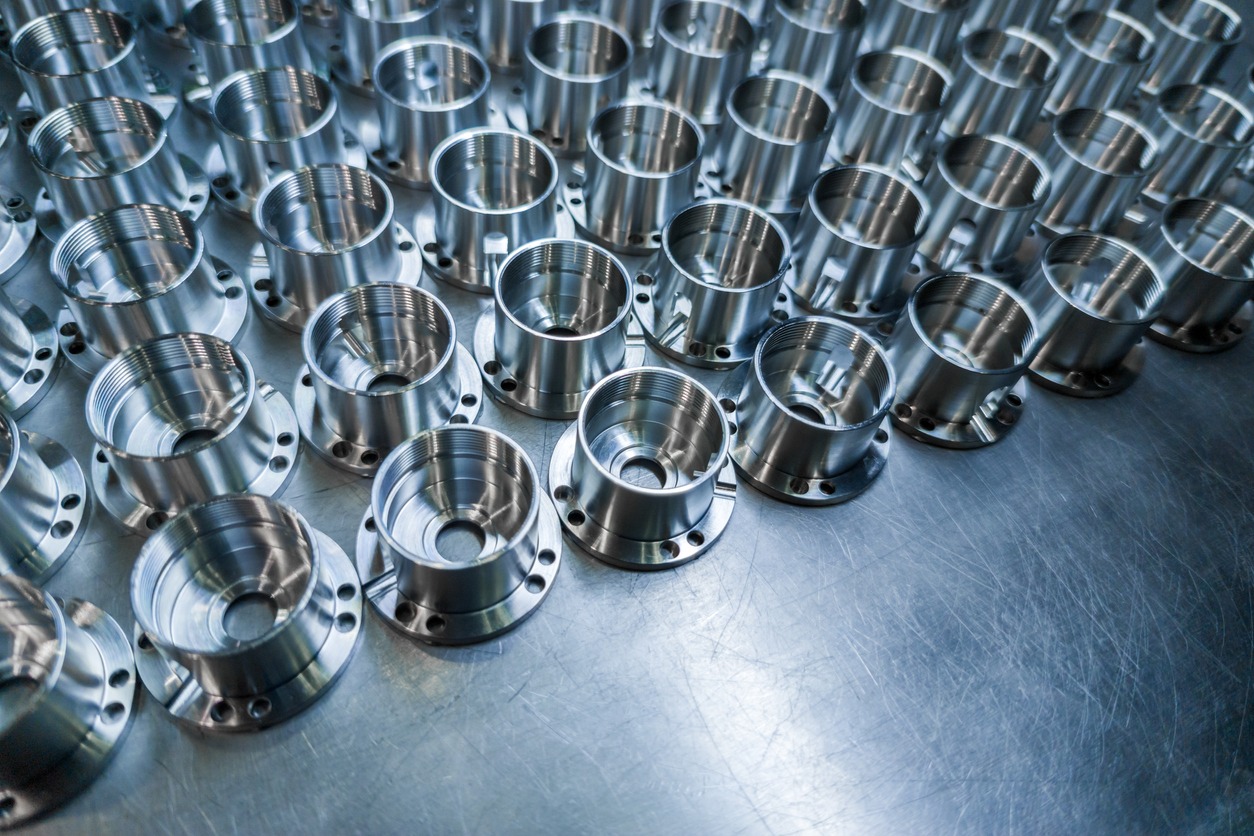Hardware components are essential for modern manufacturing because they guarantee the reliability and efficiency of a wide range of items, including household appliances and automobiles. However, the inherent strength of metals is often insufficient to meet the stringent requirements of industrial applications. Surface treatment is now an essential part of the manufacturing process to improve the functionality and visual appeal of metal components. These treatments can improve the corrosion resistance of the product, prolong the service life of the product, improve the wear resistance of the product, and even provide beautiful finishes to improve the overall quality of the product. As consumer expectations continue to rise, manufacturers are investing in cutting-edge surface treatment technologies to ensure that their parts stand out in a crowded market. As one of the top suppliers in Ningbo China, Ningbo Shengfa Hardware continues to show that it is good at applying a variety of surface treatments to meet customers.

In the hardware industry, electroplating is still one of the most used surface treatment methods. In this process, a small layer of metal, such as zinc, nickel or chromium, is deposited on the surface of the element by electrochemical reaction. The end effect is a more beautiful and corrosion-resistant surface.
Fasteners such as bolts and screws are often galvanized in wet or outdoor environments to prevent corrosion. Because it can effectively create an antioxidant barrier, it is a cost-effective choice for mass-produced hardware. On the contrary, nickel plating is preferred for workpieces that need to be durable and polished, such as decorative handles or hardware exposed in machinery. Chromium plating is often used in high-end products such as industrial instruments, faucets, and automotive interiors. Appearance and durability are important considerations.
Electroplating has benefits beyond appearance and protection. In some applications, an appropriate electroplating process can increase conductivity, reduce friction, and increase surface hardness. In order to maintain uniform coating thickness and ensure consistent performance in mass production, Ningbo Shengfa Hardware and other manufacturers have improved the electroplating process. Electroplating is a flexible and reliable choice of hardware components, because companies can balance cost, durability and aesthetic quality by carefully selecting plating materials and procedures.
As a substitute for traditional electroplating, powder coatings are becoming more and more popular in parts that need strong protection from harsh environments. Different from liquid coatings, powder coatings are coated with dry powder on the metal surface and then heated to form a firm and consistent coating. For outdoor furniture, industrial equipment and automotive parts, this process provides special resistance to scratches, chemical and harsh conditions.
Another striking aspect of powder coatings is their aesthetic potential. From shiny gloss to matte finishes, manufacturers can offer a wide range of colors and textures for both ornamental and practical purposes. In addition, powder coatings ' low volatile organic compound production makes them environmentally friendly, in line with contemporary sustainability practices - a feature that is becoming increasingly prominent in global supply chains.
Anodic oxidation of aluminum components has become a common practice for high-performance applications. Through the electrochemical process of anodic oxidation, the natural oxide layer of aluminum is thickened, which significantly improves its corrosion resistance, wear resistance and surface hardness. In addition to providing protection, the anodized surface can be painted in any color, while retaining its metallic luster, with practical and aesthetic advantages. Anodic oxidation hardware has been widely used in electronics, automobile, aerospace and other industries due to its advantages of high strength, good durability and beautiful appearance.
In special applications, special processes such as passivation and phosphating films further improve the performance of the components. Phosphating film is widely used in automobile assembly because it can enhance the adhesion of paint film and reduce friction. Without changing the appearance of the component, passivation improves corrosion resistance and removes surface impurities, especially for stainless steel. When these cutting-edge processes are combined, manufacturers can provide customized parts to meet certain operational requirements.
Choosing a manufacturer that can reliably produce high-quality parts is as critical as choosing the right surface treatment method. Modern hardware is complex and requires knowledge of materials science, quality control and precision applications. Poor adhesion, uneven coating or inconsistent treatment thickness can damage performance and lead to corrosion or premature wear.
Choosing a capable manufacturer also ensures compliance with regulations and international standards. The hardware part is affected by a variety of environmental factors, such as exposure to industrial chemicals and coastal humidity. From pre-treatment cleaning to final inspection, skilled suppliers implement strict quality control procedures to ensure reliable performance. This attention to detail is crucial for industries where a single component failure may have serious operational or safety implications.

Surface treatment has revolutionized the hardware industry by improving the durability, corrosion resistance and aesthetic appeal of metal components. Each of these technologies, including electroplating, powder coating and anodizing, has special benefits for specific applications. In order to guarantee product life and performance, choosing the right surface treatment - and the right manufacturer - is critical for both businesses and end users.